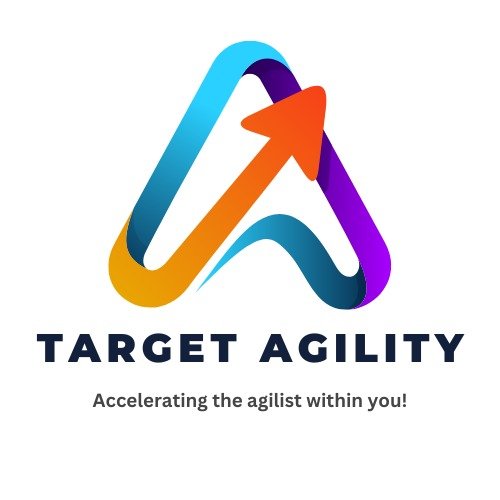In today’s fast-moving work world, Agile teams play a big role in getting things done. To stay ahead, there’s a growing focus on teaching team members new skills. This can help them take on different roles and tasks, making the team more flexible and ready to face challenges.
What Are Upskilling and Cross-Skilling?
Upskilling means learning more advanced skills for your current job. For example, a programmer might learn better coding techniques, or a tester might study automated testing. This keeps team members up-to-date with new tools and methods.
Cross-skilling is about learning skills for a different role. For instance, a programmer could learn basic testing, or a product owner might explore design basics. This creates team members who can help in multiple areas when needed.
Why Are These Skills Important in Agile Teams?
Agile teams need to be flexible, work well together, and keep improving. Here’s how learning new skills helps:
- Flexible Roles: When team members have multiple skills, they can handle changing tasks and priorities without slowing down the work.
- Better Teamwork: Knowing what others do helps team members understand and work better together.
- Faster Problem Solving: Team members with diverse skills can step in and solve problems quicker.
- Career Growth: Learning new skills helps individuals grow and makes them more valuable to their team and company.
- Stronger Teams: If someone is unavailable, others can take over, keeping the project on track.
How Companies Support Learning
Many organizations now invest in helping their teams learn new skills. Here’s how they do it:
- Training Programs: Companies offer workshops, online courses, and certifications. Platforms like Coursera, LinkedIn Learning, and Udemy are popular choices.
- Learning on the Job: Activities like pair programming, job swaps, or mentoring give hands-on experience in new areas.
- Sharing Knowledge: Regular team sessions, like “lunch and learn” events, encourage team members to teach each other.
- Supportive Managers: Managers who encourage learning and provide time for it create a great environment for growth.
Examples of Learning New Skills in Action
- T-Shaped Skills: Agile teams aim for T-shaped skills. This means having deep knowledge in one area (the vertical line of the T) and basic knowledge in others (the horizontal line). For example, a programmer might specialize in backend coding but also know a bit about testing and design.
- Scrum Masters Learning Tech Skills: Scrum Masters can learn basic coding or project management tools to better support their teams.
- Testers Learning Coding: Testers who learn coding can help with automated testing or even small development tasks, making them more versatile.
Benefits for Companies
When companies invest in upskilling and cross-skilling, they see many advantages:
- More Productivity: Teams can handle changes easily and get work done faster.
- Stronger Team Bonds: Understanding each other’s roles builds trust and better collaboration.
- Saving Money: Teams can handle more tasks in-house without hiring extra help.
- More Innovation: Teams with diverse skills bring fresh ideas and creative solutions.
Conclusion
Learning new skills is no longer optional in Agile teams—it’s a must. Upskilling and cross-skilling make teams more flexible, innovative, and ready for change. They also help team members grow in their careers. For companies, investing in learning means stronger teams and better results. It’s a win for everyone!












